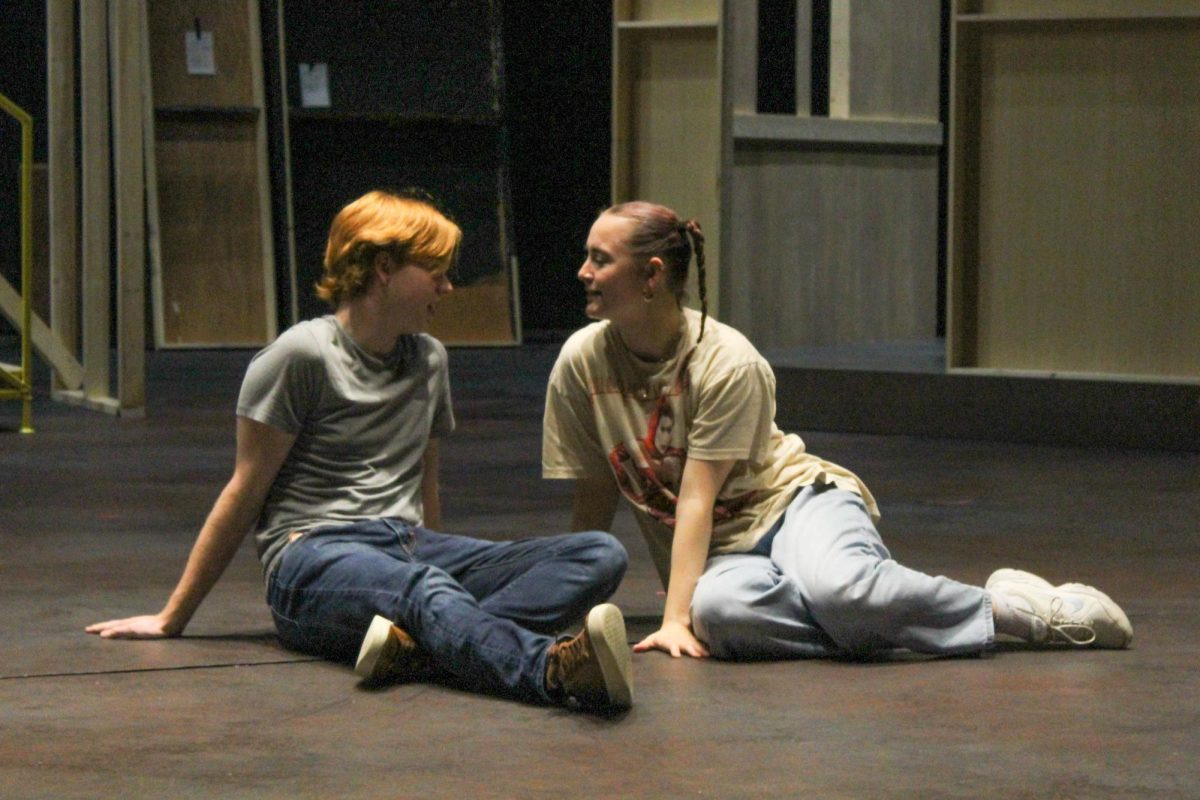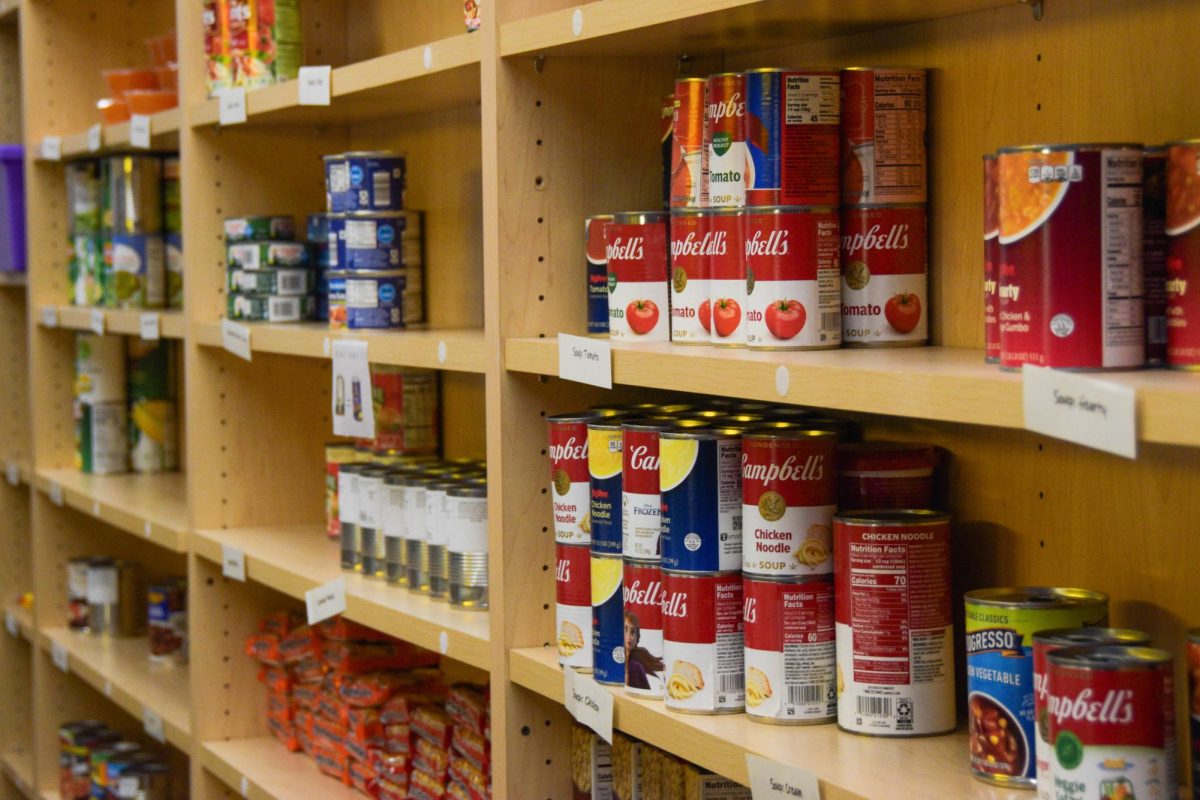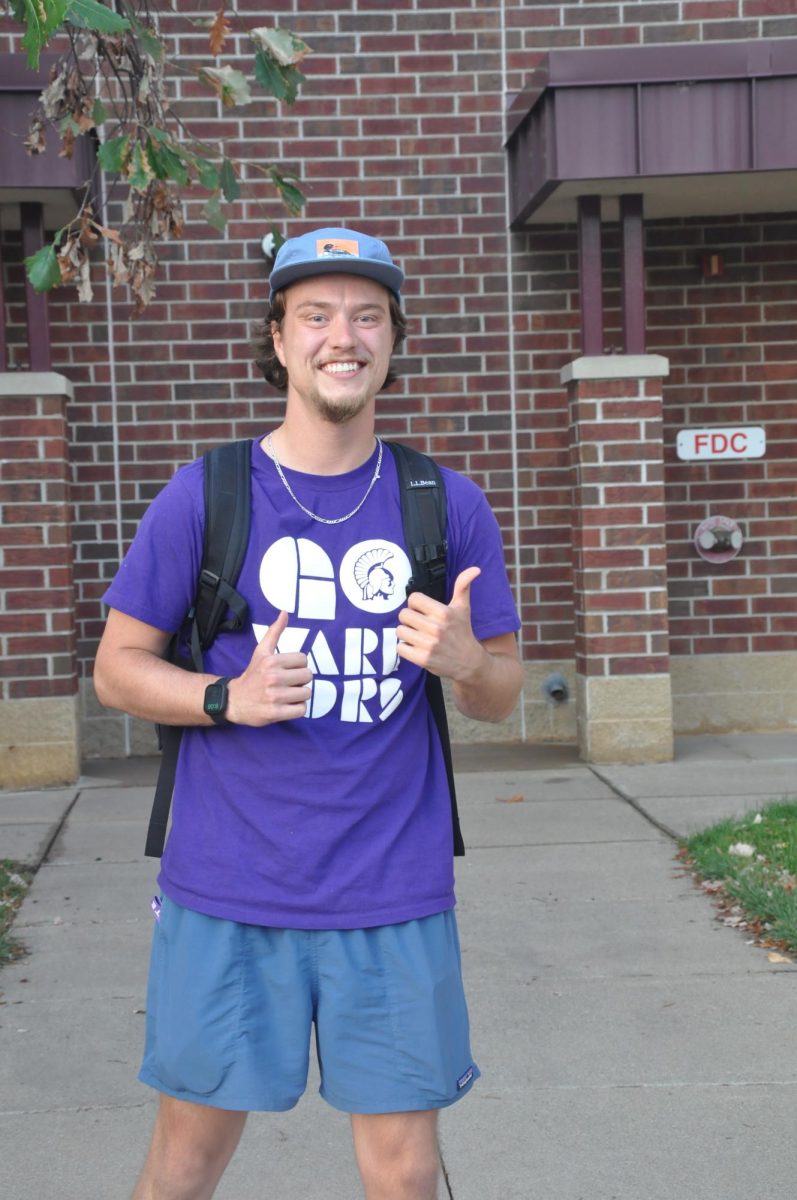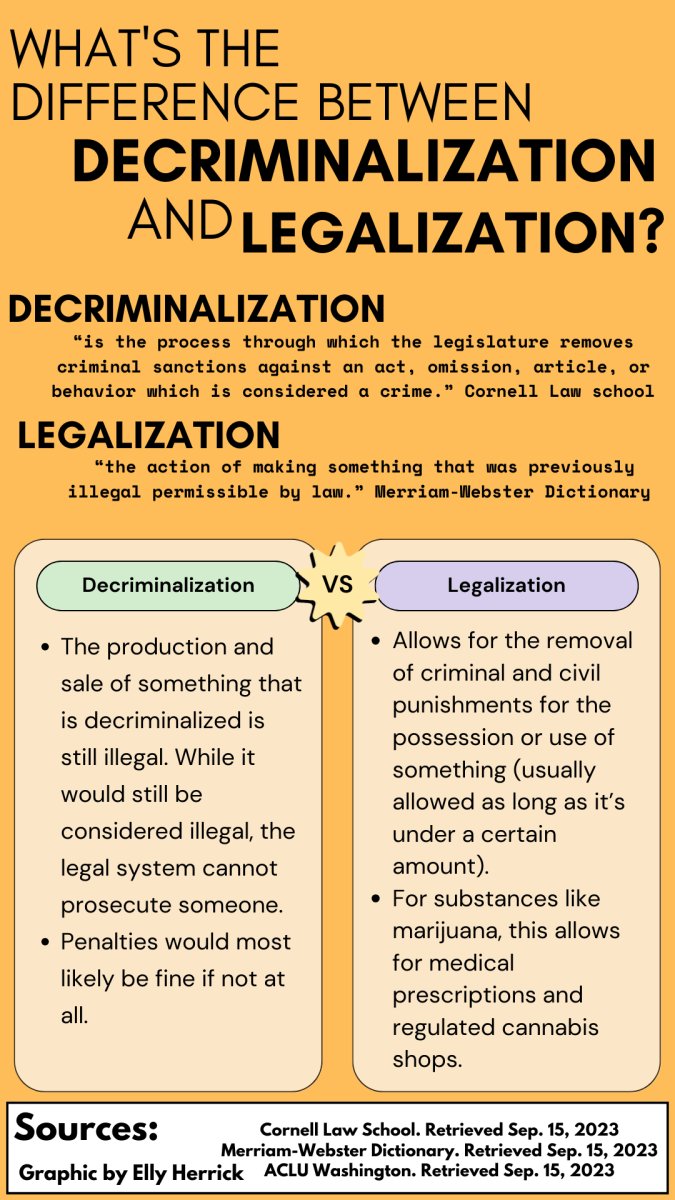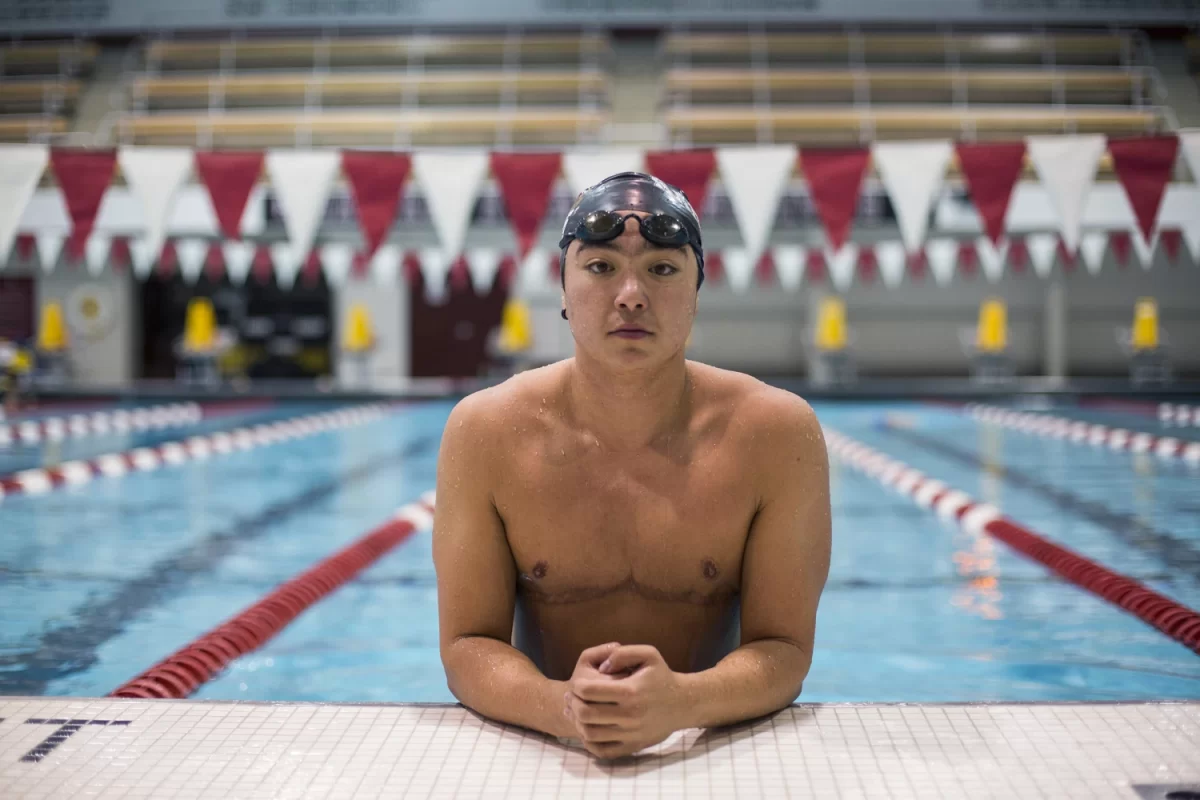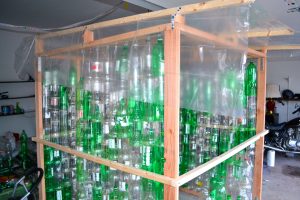
Julia Sand/Winonan
Upon returning from Ecuador, junior Jana Diekrager and senior Jorge Segovia, managers of The Greenhouse Project, wanted to show Winona State University what they learned on their trip.
The result is the 6 feet by 5.5 feet and 7 feet tall, impossible-to-miss Greenhouse set up near the Gazebo, in hopes to “plant a seed” in students’ minds to live more sustainably, Segovia said.
“Its sole purpose it so show how feasible reducing, reusing and recycling can be if we make an attempt,” Segovia said.
The Greenhouse Project started after seven students, including Segovia and Diekrager, took a trip to Ecuador from December 31, 2012 to January 8, 2013, visiting women of Ecuador who are fighting to save their beautiful forests from mining. Segovia came up with the project idea last semester, but actions were taken this semester when he and Diekrager became managers and created a team from professor D’Amico’s class this spring.
Winona State students learned the stories of these women who are focusing their well being on health, education, artisan-work, farming and sustainable alternatives, in hopes to save their land.
The first step was collecting 1,500 2-liter bottles from students, organization, clubs, and community members. The bottles were used to create the life-size greenhouse, which symbolizes living sustainably, climate change and other values the students learned from the women.
Segovia said it isn’t about shaming people, rather about challenging their thoughts and way of life.
Shorter showers, turning off lights and recycling are all small ways students can improve on.
Diekrager said coming together is one significant lesson she took away from the women of Ecuador. It has to start locally, not necessarily nationally, she said.
“I learned about how people, no matter where ever you go, how small of a community it is, how little cash, they can still come together, think sustainably and improve the world,” Diekrager said.
The process of building the greenhouse is also symbolic to living a sustainable lifestyle. Segovia said collecting bottles was the hardest part, but with the help and support of others it was made possible.
“It relates to climate change because it doesn’t affect one person. It affects us all as a whole—we need to collaborate,” Segovia said.
Diekrager furthered this and said, “We have to create a network. That is what the women in Ecuador do; they create an environment.”
Building the greenhouse was not the success of one person alone, but of a community; likewise, living sustainably and better climate change issues affects everyone, and everyone is needed to come together.
“Seeing how much [the women] really care bout their forest and how much they rely on it, it all relates back to Winona. We should be thinking about that,” Diekrager said.
Personally, Segovia said since he started the project, he has become more passionate about recycling. Seeing people throw bottles away angers him, he said.
The project’s leaders are hoping that the greenhouse will have created an example that many students will choose to follow: an example embedded in their mind to help future decisions.
“It should plant a seed in someone’s mind, so that when they see waste or realize they are leaving a light on, they will see the greenhouse in their head,” Segovia said.
Contact Julia at [email protected]





























































